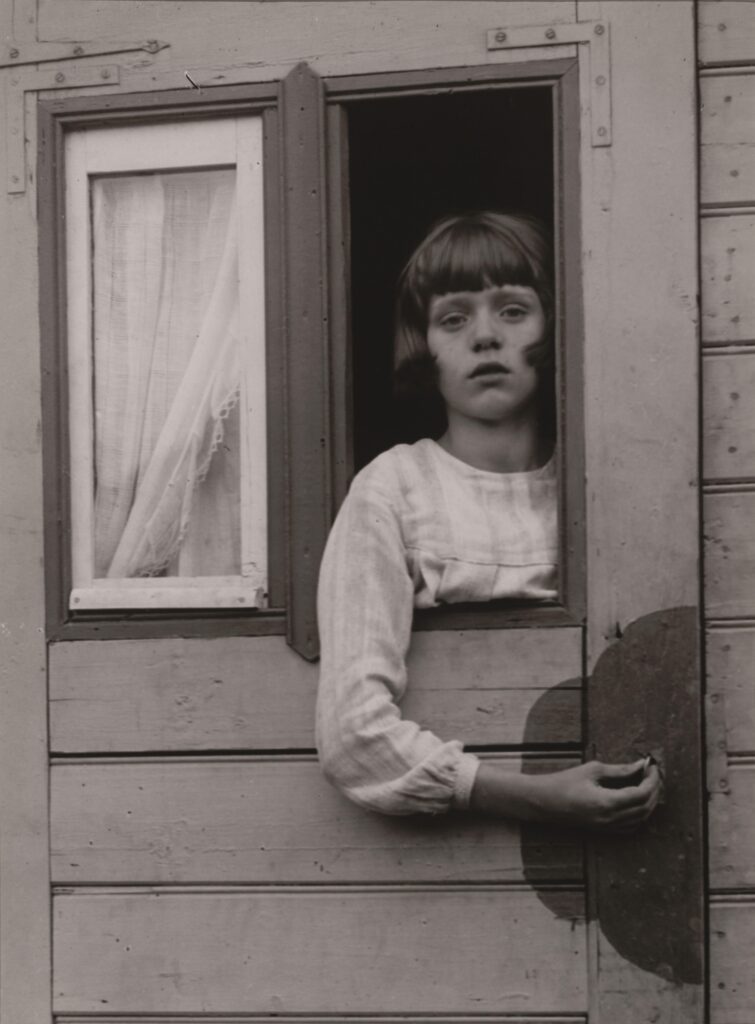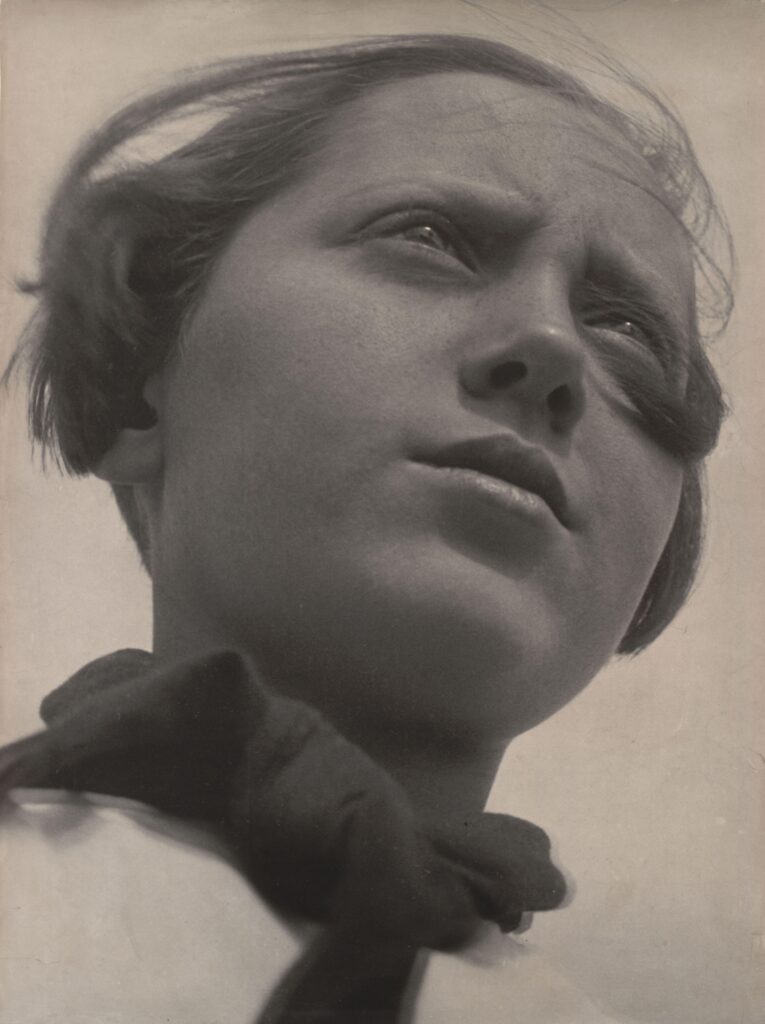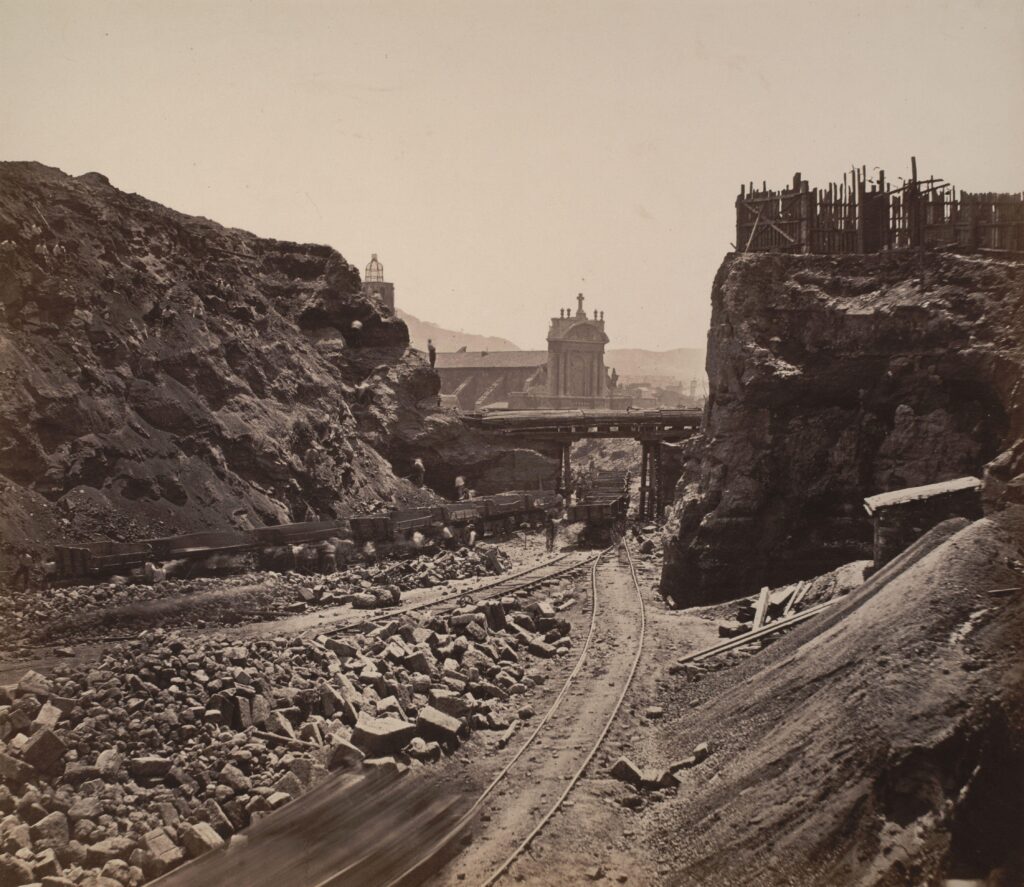August Sander – Young Girl in Circus Caravan


August Sander was a German photographer known for his seminal project “People of the 20th Century,” a comprehensive photographic portrait of German society during the early 20th century. He was born on November 17, 1876, in Herdorf, Germany, and died on April 20, 1964, in Cologne.
Sander’s project aimed to categorize and document the diverse social strata and professions that comprised German society at the time. His portraits were characterized by their straightforward and unembellished style, often depicting subjects against plain backgrounds and in natural light. Sander’s approach was influenced by his belief in the importance of objective observation and his interest in sociology.
“People of the 20th Century” consisted of a series of photographic portfolios organized into seven categories, including “The Farmer,” “The Skilled Tradesman,” “The Woman,” and “The Artist.” Sander’s portraits captured the essence of his subjects and provided a candid glimpse into their lives, occupations, and social status.
Although Sander’s work fell out of favor during the Nazi regime, which deemed it as “degenerate art,” his photographs have since been recognized for their cultural and historical significance. His portraits offer a valuable record of German society during a period of significant social, political, and economic change.
August Sander’s legacy as a photographer is enduring, with his work continuing to be celebrated for its artistic merit and documentary value. His portraits remain influential in the fields of photography and sociology, offering valuable insights into the human experience and the complexities of society.








